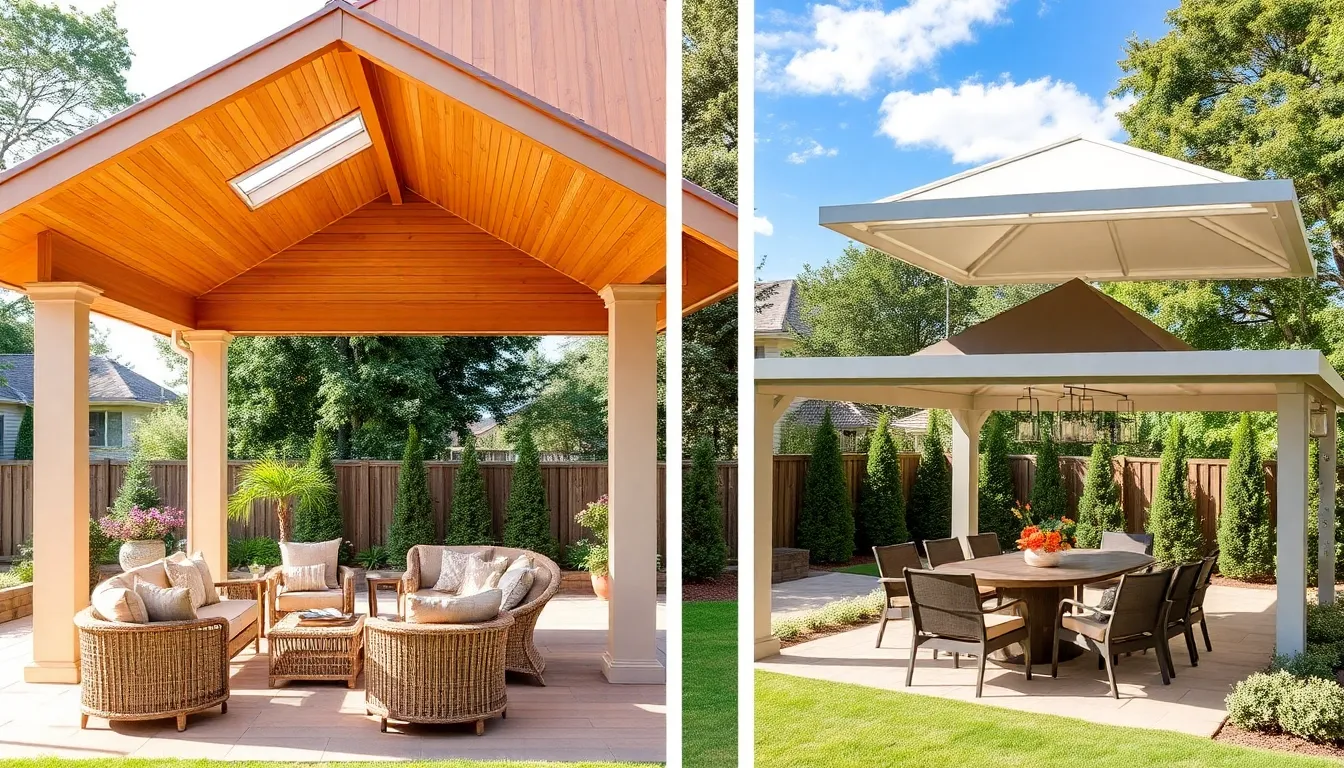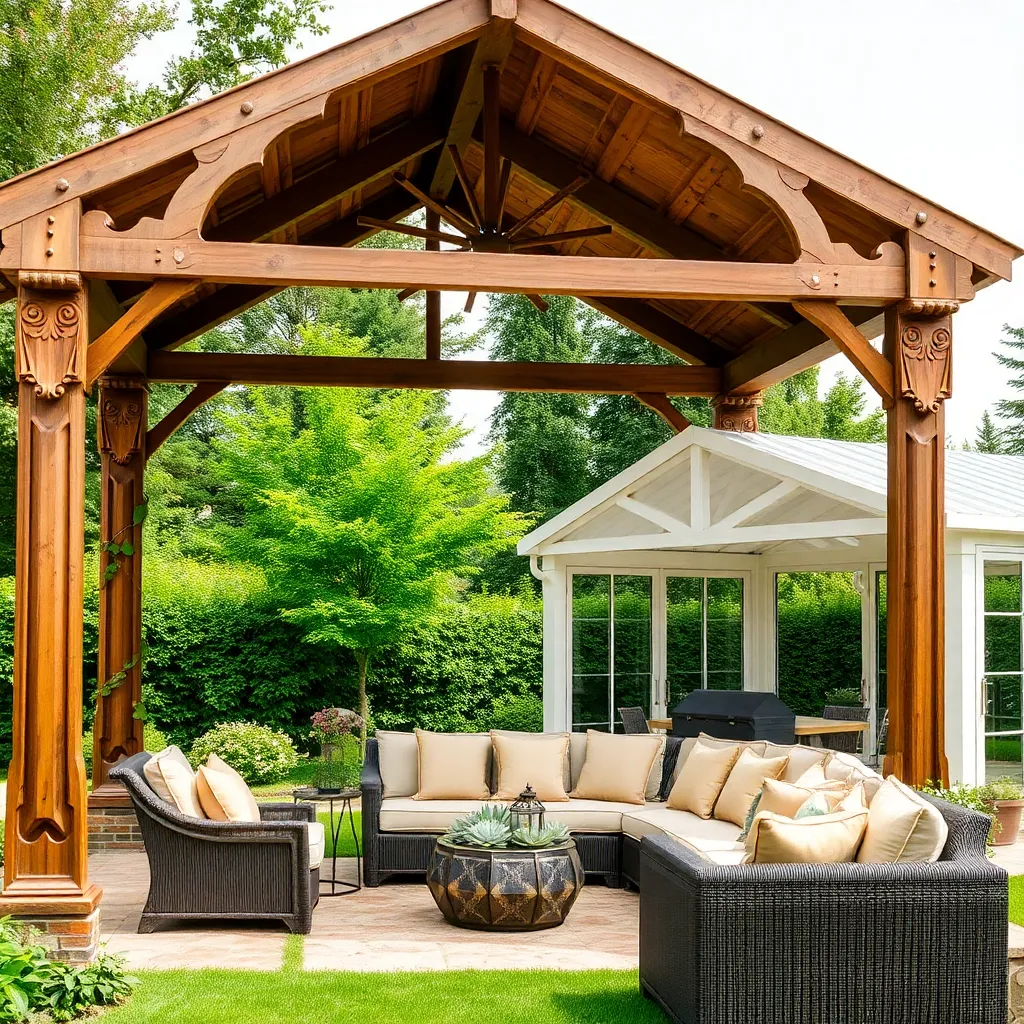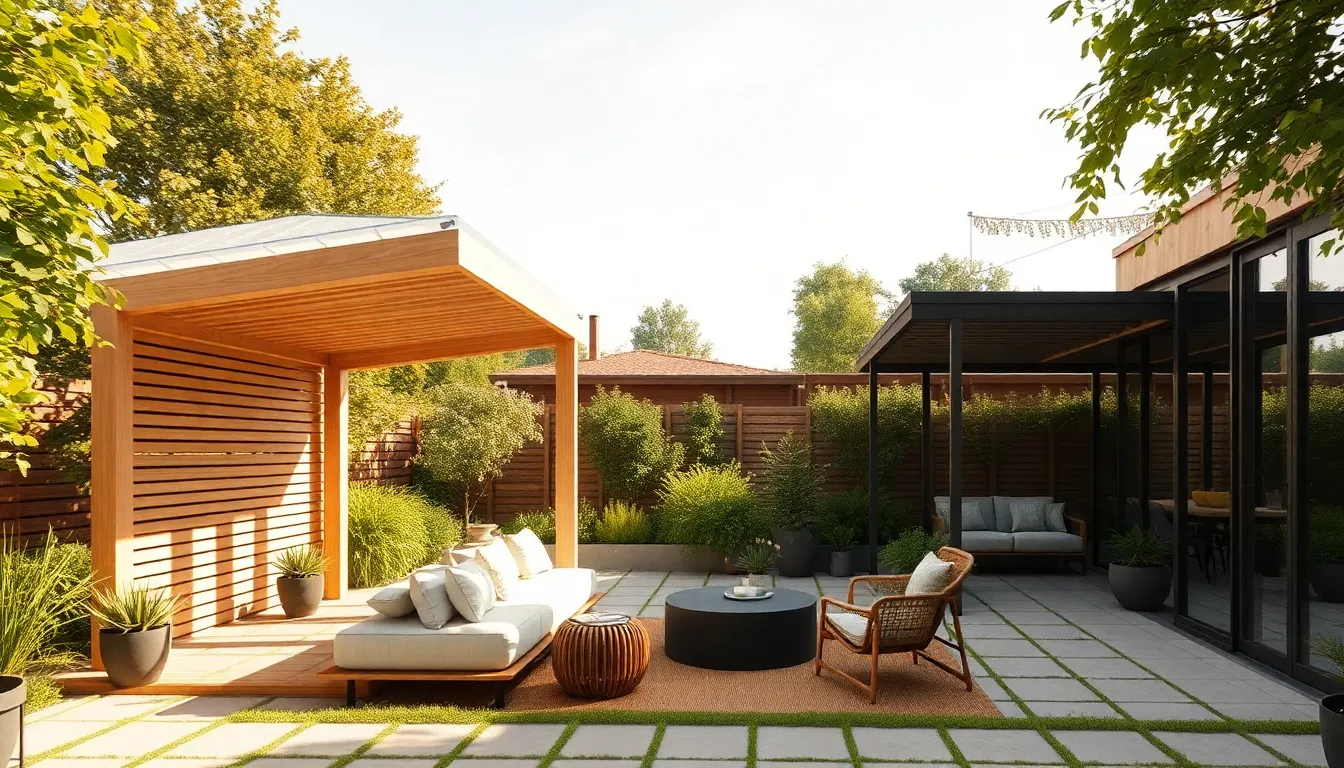Transforming your backyard into a personal retreat involves choosing the right pavilion roofing, a crucial element that marries functionality with style. Whether you’re a seasoned outdoor design enthusiast or just starting to explore the possibilities, understanding your roofing options is key to creating a space that offers both shelter and aesthetic appeal. This article will guide you through six diverse roofing options, ensuring your pavilion stands out while providing the protection you need.
Dive into the world of outdoor design and discover how different materials and styles can enhance your outdoor living experience. From classic to contemporary choices, each roofing option we explore offers unique benefits, catering to various tastes and needs. By the end of this article, you’ll feel empowered to make an informed decision that perfectly complements your outdoor oasis, blending practicality with the personal touch that makes your space uniquely yours.
Exploring Durable Metal Roofing Choices
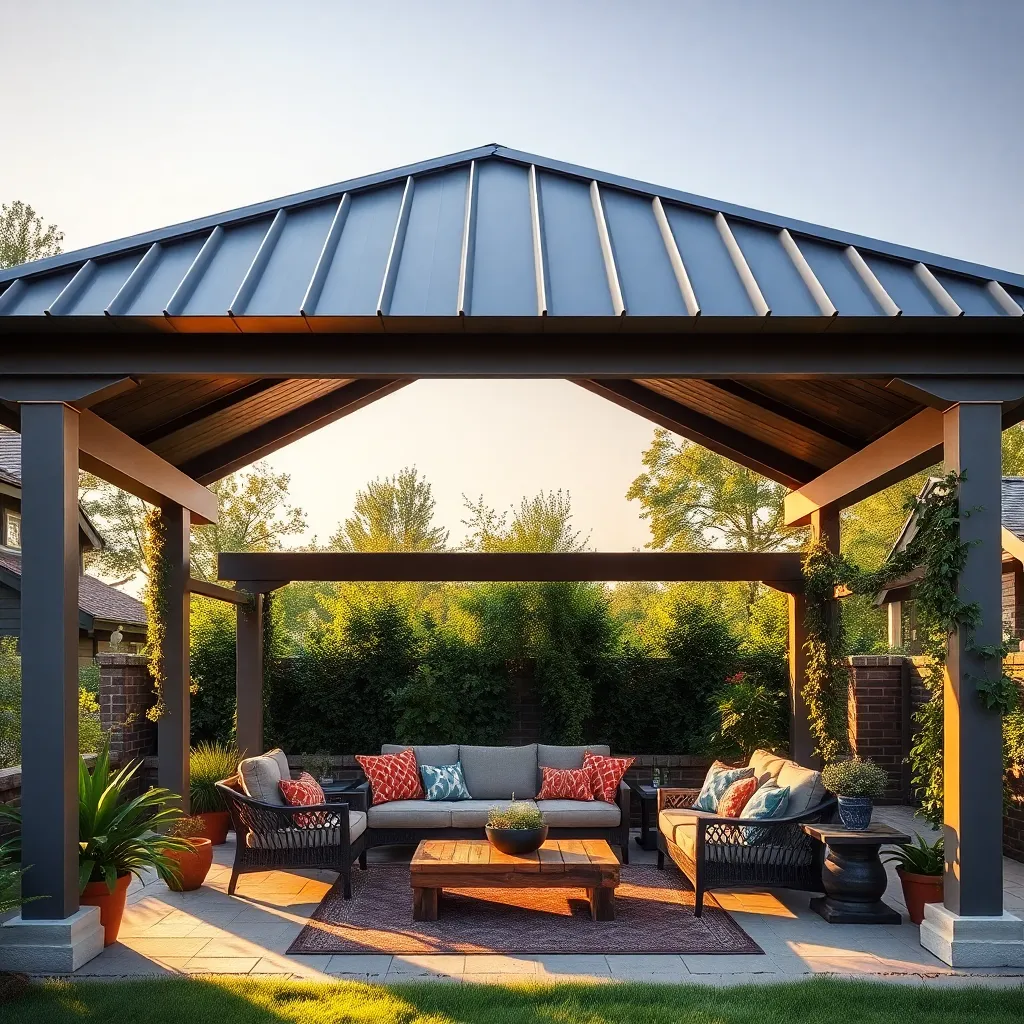
When exploring durable metal roofing choices for your pavilion, consider materials like galvanized steel or aluminum, which offer excellent longevity and weather resistance. Both options are lightweight and easy to install, making them ideal for DIY enthusiasts. For a more advanced touch, you can opt for a standing seam metal roof, which provides a sleek, modern appearance and superior water runoff capabilities.
Additionally, incorporating design elements such as color-matched screws and custom trim can enhance the aesthetic appeal and durability of your metal roof. Ensure that your chosen metal panels are at least 24-gauge thick for optimal strength and durability. For those in areas with heavy snowfall, a steep roof pitch of at least 45 degrees is recommended to prevent accumulation and potential damage.
Embracing Natural Appeal with Thatch
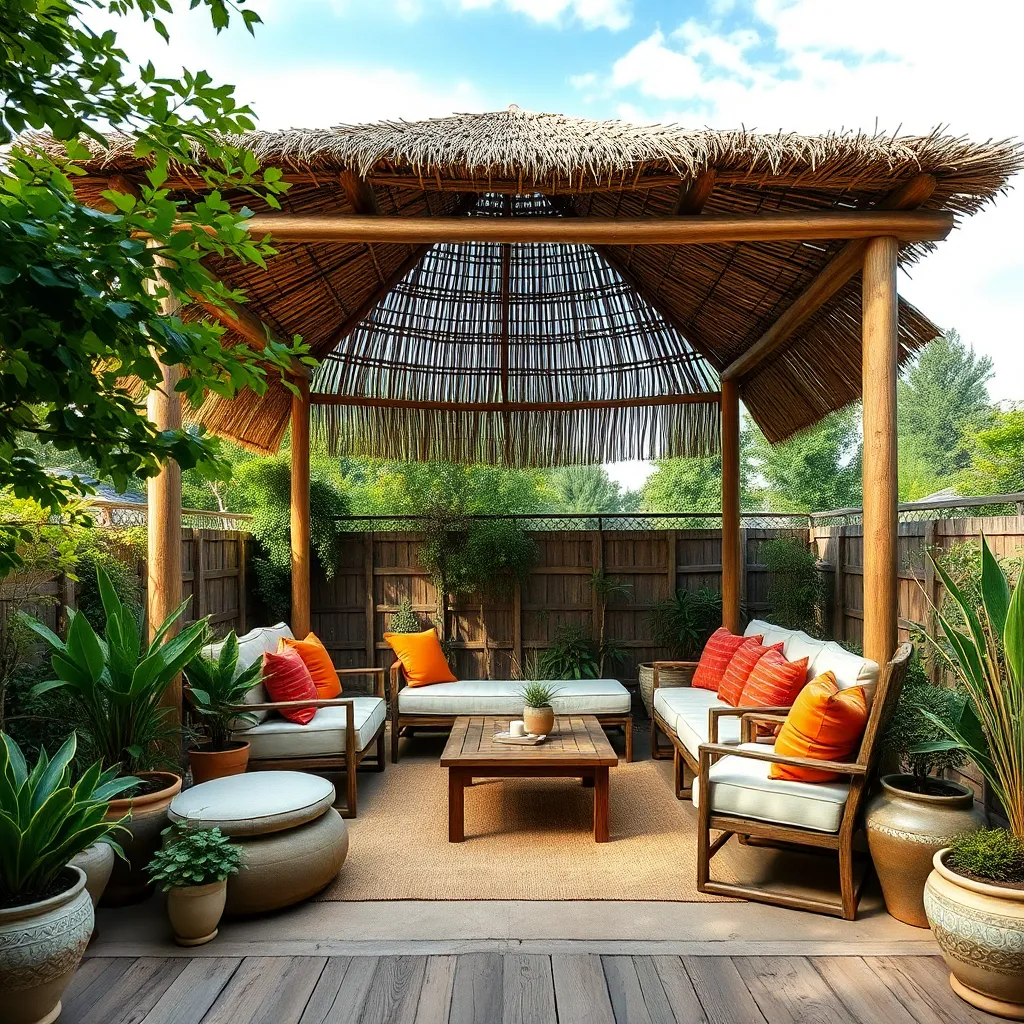
Thatch roofing is a fantastic choice for those looking to infuse their outdoor pavilion with a natural, rustic charm. Made from dried vegetation like straw, reeds, or palm leaves, thatch creates a unique aesthetic that blends seamlessly with garden landscapes. For beginners, it’s important to source high-quality materials that are treated for weather resistance. To ensure longevity, regularly check for damage and replace any compromised sections, especially after harsh weather.
To maximize the durability of a thatch roof, consider employing a steeper pitch, ideally between 45 and 50 degrees, which promotes efficient water runoff and reduces moisture retention. Advanced gardeners might opt to incorporate a waterproof membrane beneath the thatch for added protection. When installing, pay attention to the thickness of the thatch layer; a depth of at least 12 inches is recommended to enhance insulation and longevity. With these steps, homeowners can enjoy a beautiful, enduring outdoor space.
Modern Elegance with Polycarbonate Panels
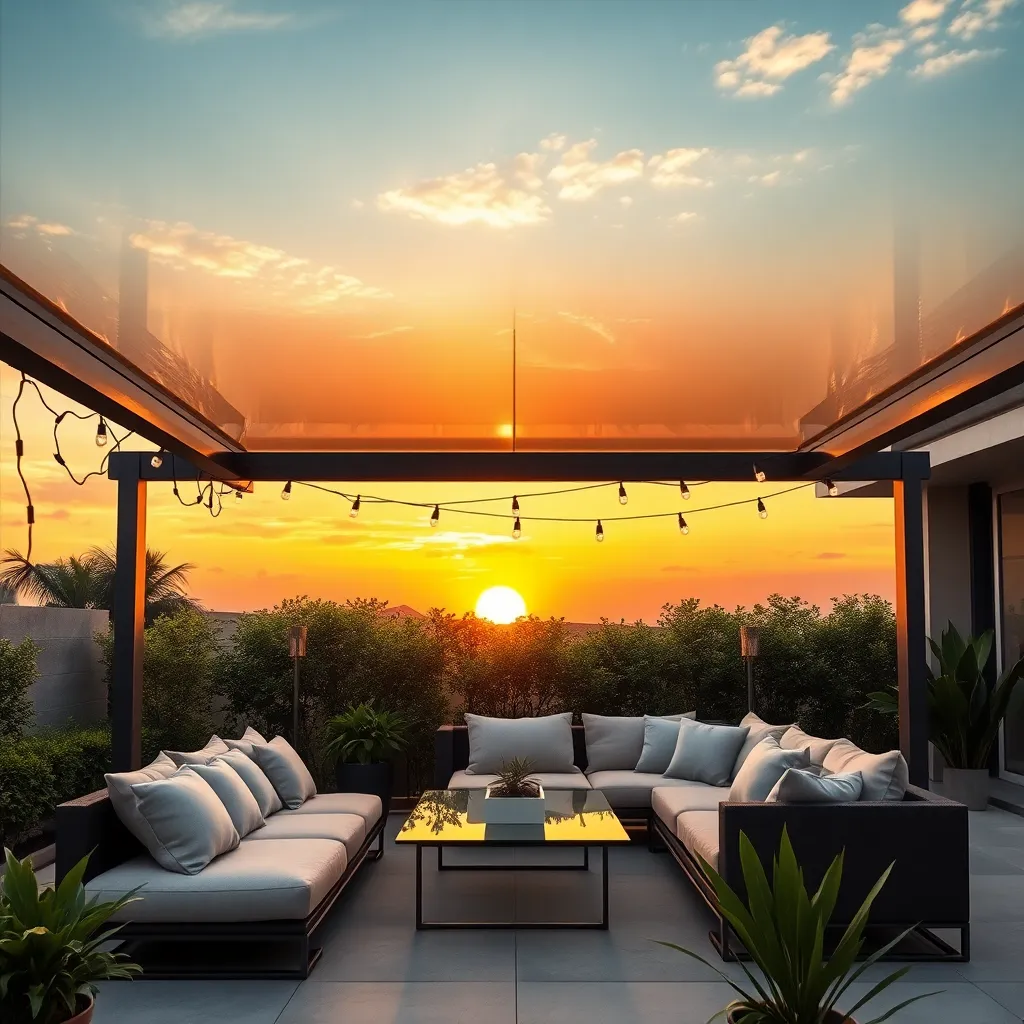
Transitioning from the rustic charm of thatch, polycarbonate panels offer a sleek, modern option for pavilion roofing. These panels are lightweight yet incredibly durable, making them perfect for homeowners seeking both style and functionality. Available in a range of tints and opacities, polycarbonate can provide the desired balance between sunlight and shade. For a contemporary look, consider using clear panels to create a bright, open space, or opt for a frosted finish for added privacy.
Installation is straightforward, suitable for both DIY enthusiasts and professionals. Begin by measuring your pavilion’s roof frame to determine the number of panels required, typically cutting them to size with a fine-toothed saw. Use UV-resistant sealants to ensure longevity and prevent discoloration over time. For a polished finish, secure panels with stainless steel screws, spaced evenly to avoid stress points. Advanced tip: Incorporate integrated gutter systems to manage water runoff effectively, preserving the pavilion’s clean lines.
Traditional Charm of Wooden Shingles
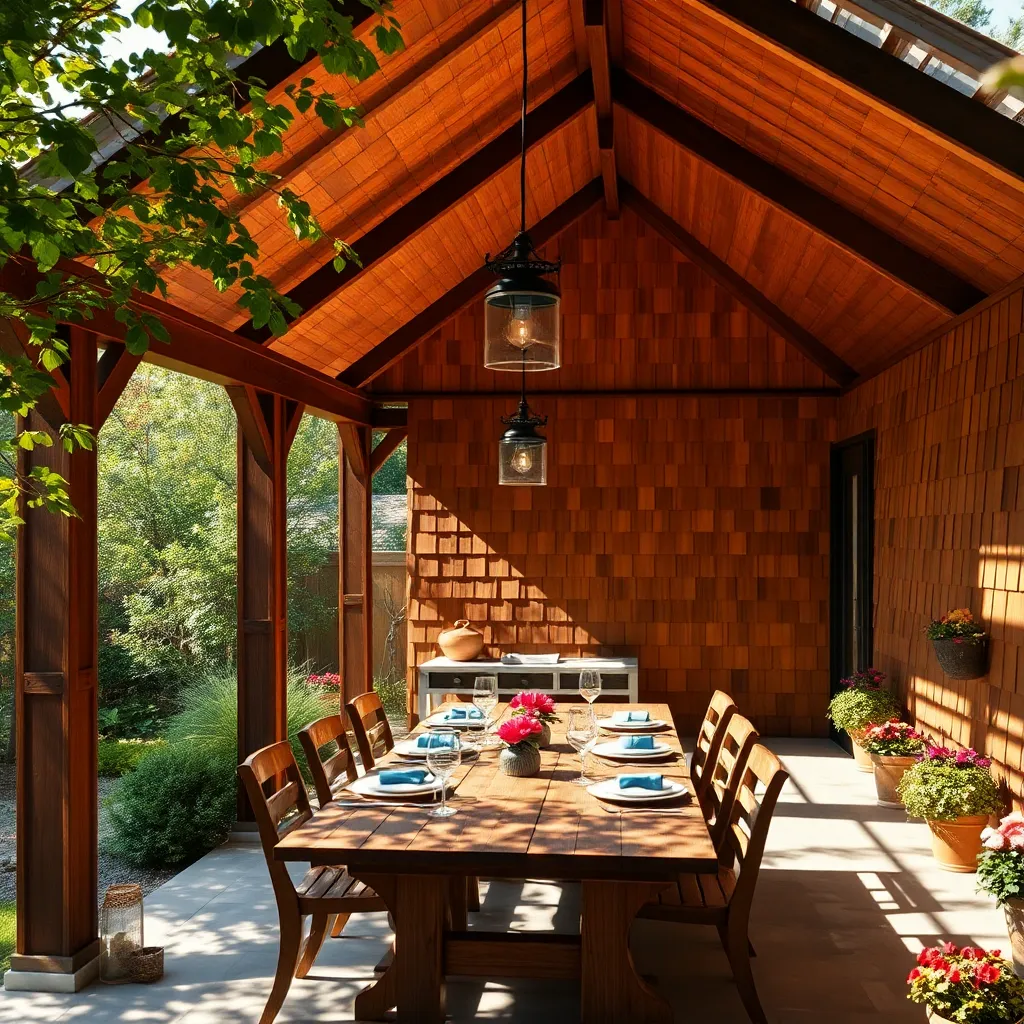
Embracing the traditional charm of wooden shingles can transform your pavilion into a picturesque retreat. Known for their rustic allure, wooden shingles provide excellent insulation and a natural look that blends seamlessly with outdoor landscapes. For a classic touch, opt for cedar or redwood shingles, which are not only aesthetically pleasing but also highly durable against the elements. Beginners will find these materials relatively easy to work with, as they can be cut and shaped to fit any roof design.
For those with a bit more experience, consider applying a water-resistant finish to enhance the longevity of your wooden shingles. This additional step helps maintain the wood’s natural beauty while protecting it from moisture damage. When installing, ensure each shingle layer overlaps the one below by at least 3/8 inch to prevent leaks and enhance the roof’s strength. Remember to space the shingles properly—allowing for about 1/8 inch between them to accommodate any expansion due to weather changes. By paying attention to these details, you can create a stunning pavilion that exudes warmth and timeless elegance.
Innovative Solutions with Fabric Canopies
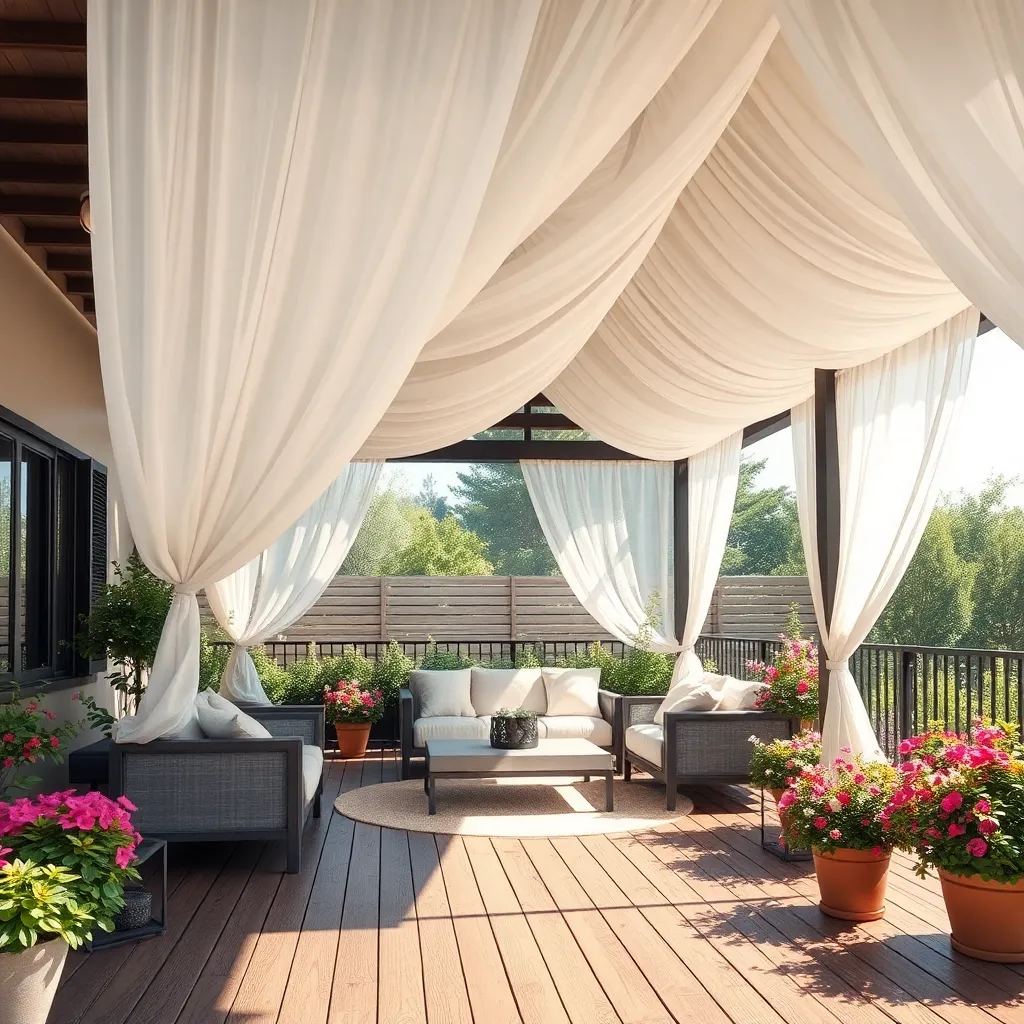
Fabric canopies offer flexibility and modern aesthetics for your pavilion roofing needs. For beginners, consider using a durable, UV-resistant fabric like polyester or acrylic that comes with a waterproof coating. These materials are lightweight, making them easy to install and adjust as needed. For a touch of elegance, you can opt for fabrics in neutral tones that blend seamlessly with natural surroundings, or go bold with vibrant colors to make a statement.
Advanced gardeners might explore incorporating retractable mechanisms, allowing you to adjust the canopy based on weather conditions or desired sunlight exposure. Consider using stainless steel or aluminum frames for long-lasting support, and ensure the canopy is tensioned properly to prevent sagging or water pooling. Adding side curtains can enhance privacy and provide additional shelter from wind or sun. With these innovative solutions, your outdoor space can be both functional and stylish year-round.
Eco-Friendly Options with Green Roofs

Embracing eco-friendly options for your pavilion can be both stylish and sustainable. Green roofs offer a unique way to enhance your outdoor shelter by using living plants as a roofing material. This not only provides excellent insulation but also supports local biodiversity. For beginners, consider using easy-to-grow plants like sedums or native grasses that require minimal maintenance. A basic waterproof membrane is essential to prevent water damage, and adding a drainage layer can optimize plant health.
For those ready to dive deeper into green roof design, explore integrating irrigation systems to ensure consistent moisture, especially in drier climates. Advanced gardeners might want to experiment with a variety of plant species to create a dynamic, visually appealing canopy. When planning your green roof, ensure your pavilion’s structure can support the additional weight; consulting with a structural engineer is highly recommended. By embracing these green roof techniques, you can create a vibrant, eco-friendly haven that inspires and impresses.
Conclusion: Creating Beautiful Outdoor Spaces
In exploring the six pavilion roofing options, we’ve drawn some insightful parallels to key relationship concepts. Just as gable roofs offer stability, so too does effective communication in relationships. The elegance of hip roofs mirrors the grace of mutual respect, while the adaptability of flat roofs highlights the importance of flexibility. Gambrel roofs remind us of resilience, holding strong against external pressures, and the simplicity of skillion roofs underscores the value of appreciating small, everyday moments. Finally, the allure of a butterfly roof embodies the beauty of growth and transformation together.
Now, take a moment to reflect on which of these attributes your relationship might benefit from enhancing. Consider having a heartfelt conversation with your partner tonight about which ‘roofing option’ best represents your current relationship stage and which elements you’d like to strengthen together.
Bookmark this article to revisit these insights whenever you need a reminder of the elements that fortify a loving partnership. By integrating these concepts, you’re laying a strong foundation for future relationship success. Remember, each step taken together builds a shelter of love and understanding. Here’s to nurturing a relationship that stands the test of time!

